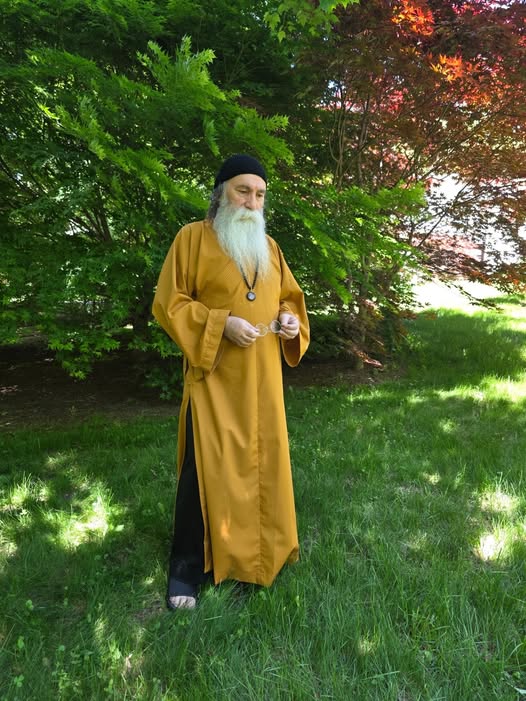“The bond between men and women cannot be properly understood if it is reduced to emotional factors, cultural conditioning, or functional patterns. At its root, it refers to an ontological structure from which human beings are constituted as living relationships. Such a relationship is not generated by aggregation, nor is it explained by utility. Rather, it manifests a fundamental openness to otherness, inscribed in the very condition of being a person.
Edith Stein warned that sexual difference does not imply opposition or hierarchy. It represents a concrete manifestation of the mutual gift that shapes the relational vocation of the person. From this perspective, the masculine and the feminine are not sociological categories, but integrated dimensions of the act of personal being, which only attain their truth in relationship.
Martin Buber conceived this structure as a dialogical event in which the self is constituted in relation to an irreducible you. Authentic encounter does not seek to absorb or reflect the other, but to welcome them in their unique presence.
Emmanuel Levinas developed this intuition by pointing out that the other does not present itself as an object of knowledge, but as a face that challenges and summons. This ethical demand precedes all theoretical elaboration, and its origin cannot be thematized without betraying its meaning. Meditation, understood as a way of life ordered toward interiority, allows for a non-instrumental openness to this presence.
Loving without lucid attention degenerates into repetition and conflict. Meditating without loving openness leads to sterile confinement. Only in the convergence of both dimensions is a fruitful reciprocity configured, where each preserves their uniqueness without closing themselves off to the other. There is no symbiosis or subordination. There is welcome.
Xavier Zubiri, from a phenomenology of affect, affirmed that human beings are not subjects facing objects, but realities that are affected by other realities in their being. The other does not appear as data or representation, but as a presence that imposes itself in its own way of being. In the relationship between man and woman, this manifestation takes on a particular intensity: it simultaneously involves the body, language, desire, and meaning.
The unity thus conceived does not respond to an ideal of fusion or an attempt at domination. It takes shape as an existential anticipation of a reconciled way of living. The other no longer appears as an obstacle or a mirror, but as a silent witness to a truth that is not elaborated, but revealed. This type of communion cannot be improvised. It requires sustained silence, ethical attention, and fidelity to the center from which being offers itself.
When love is embodied in lucidity, and meditation opens itself to concrete otherness, a form of communion emerges that is not based on time or necessity, but on the shared recognition of a truth that precedes both. This truth is not the property of anyone, but can be found in unity that respects difference. Where this unity occurs, a higher form of humanity is revealed, defined not by the affirmation of the self, but by the willingness to be transformed in relationship.”
Prabhuji




